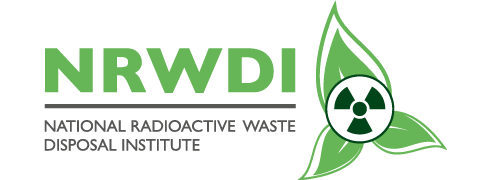AS LOW AS REASONABLY ACHIEVABLE (ALARA)
Repository Operations
Continual improvement of repository operations is necessary to ensure compliance with evolving safety standards and to enhance public confidence in the disposal operations. The generally accepted principle of “As Low As Reasonably Achievable” (ALARA) is applied to the repository operations, which would result in constantly striving for lower radiation exposure to personnel, members of the public, facilities and the environment, all social and economic factors taken into account.

After placing of nuclear waste drums, and covering drums with clay and done with capping process. A natural flora is restored.
At Vaalputs, the drums are carefully inspected and monitored for conformance, before being packed, by type, into 8m deep trenches. Within two months, the drums are covered with a layer of soil from the area followed by a layer of compacted clay. Once the trench is full, a further half meter of soil is overlaid so that the natural vegetation can once again establish itself.
The radioactive waste is carefully handled and managed to ensure utmost safety for the employees, the community and the environment. Every employee is thoroughly trained in all safety aspects and regularly monitored for exposure to radiation. The soil, water, plants and animals in the area are also regularly monitored.
Conventional operations comply with the requirements of the applicable regulations of the Occupational Health and Safety Act as well as requirements of other applicable Acts. Annual audits on conventional safety, radiological safety, environmental surveillance, nuclear licence compliance and quality are conducted at the Vaalputs site.
Continued monitoring and surveillance of the Vaalputs site and environment is a nuclear installation license requirement and represents additional safety control measures that contribute to building confidence in the safe operation of the repository. Technical and scientific data obtained from monitoring and measurement results are used to improve mathematical models for safety assessments and also for confirming the disposal system performance and possible impacts of the waste disposal operations on the environment.
Public consultation is achieved via the Vaalputs Public Safety Information Forum (VPSIF ) that was established in terms of the National Nuclear Regulator Act of 1999. The purpose of the VPSIF is to communicate nuclear safety and related matters to stakeholders on a quarterly basis.
